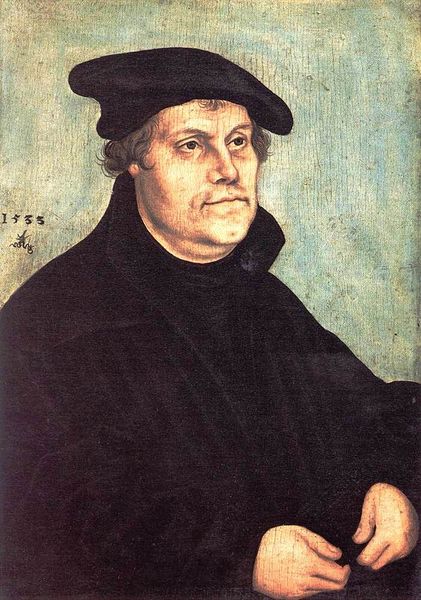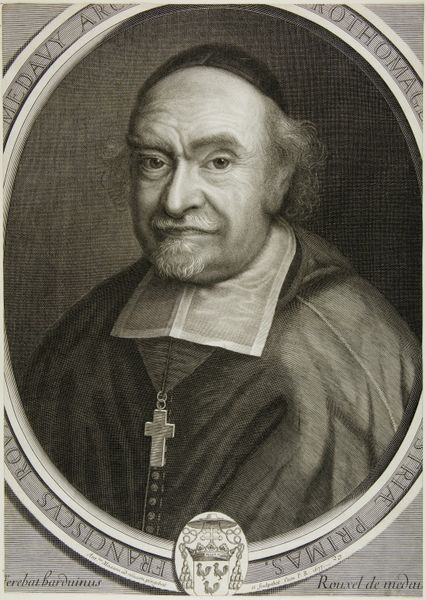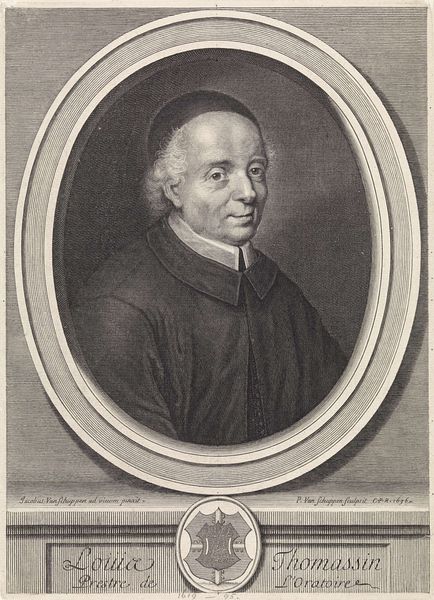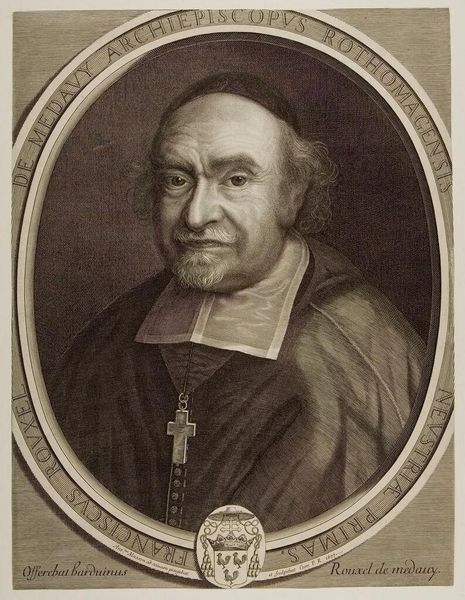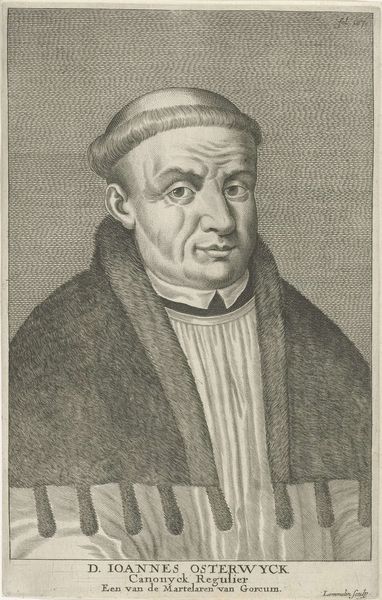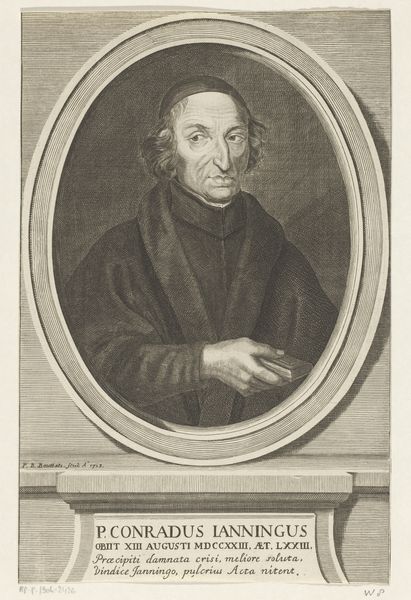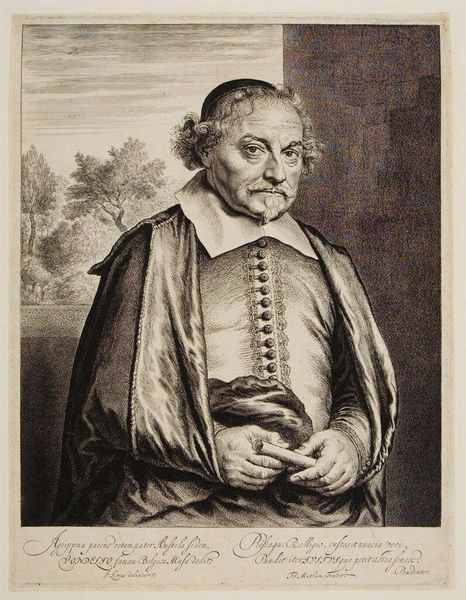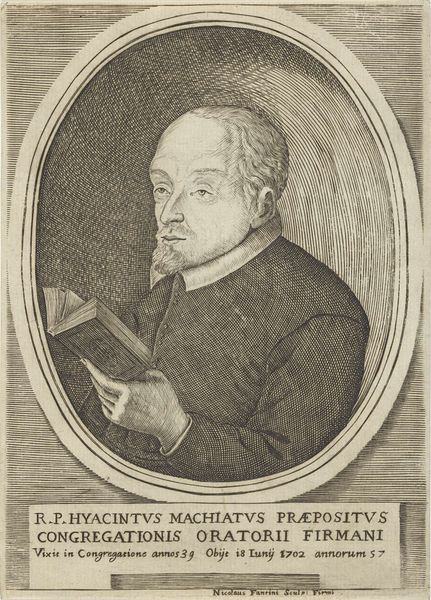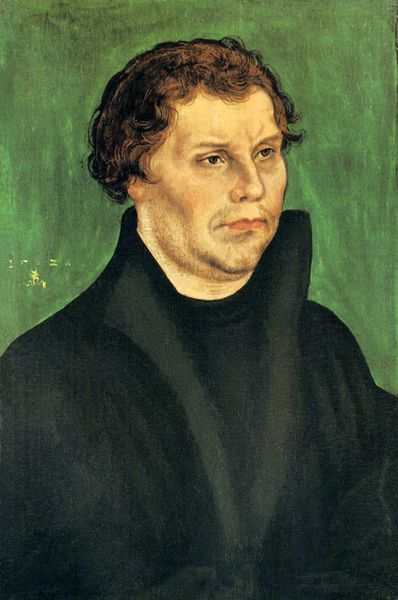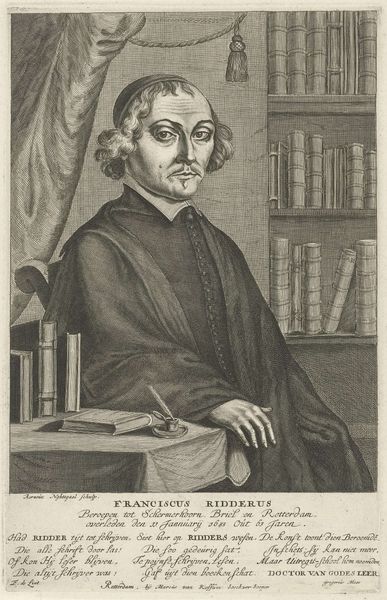
painting, oil-paint
#
portrait
#
painting
#
oil-paint
#
figuration
#
11_renaissance
#
northern-renaissance
#
realism
Copyright: Public domain
Lucas Cranach the Elder painted this portrait of Philipp Melanchthon, likely in Wittenberg where they both lived, during the Reformation. The crossed-hands gesture is prominent here. It appears throughout history as a marker of humility and piety, recurring in many devotional images. Think of praying figures in medieval altarpieces, their hands clasped tightly together as a plea to the heavens, mirroring poses in ancient statues of orant figures in early Christian catacombs. But here, the open hands suggest quiet contemplation, perhaps a reflection of the sitter's intellectual and spiritual nature. It resonates, too, with Freud's theories of repressed desires finding symbolic outlets. The image, therefore, becomes a vessel, carrying forward a powerful expression that has resurfaced, evolved, and taken on new meanings in different historical contexts.
Comments
No comments
Be the first to comment and join the conversation on the ultimate creative platform.
